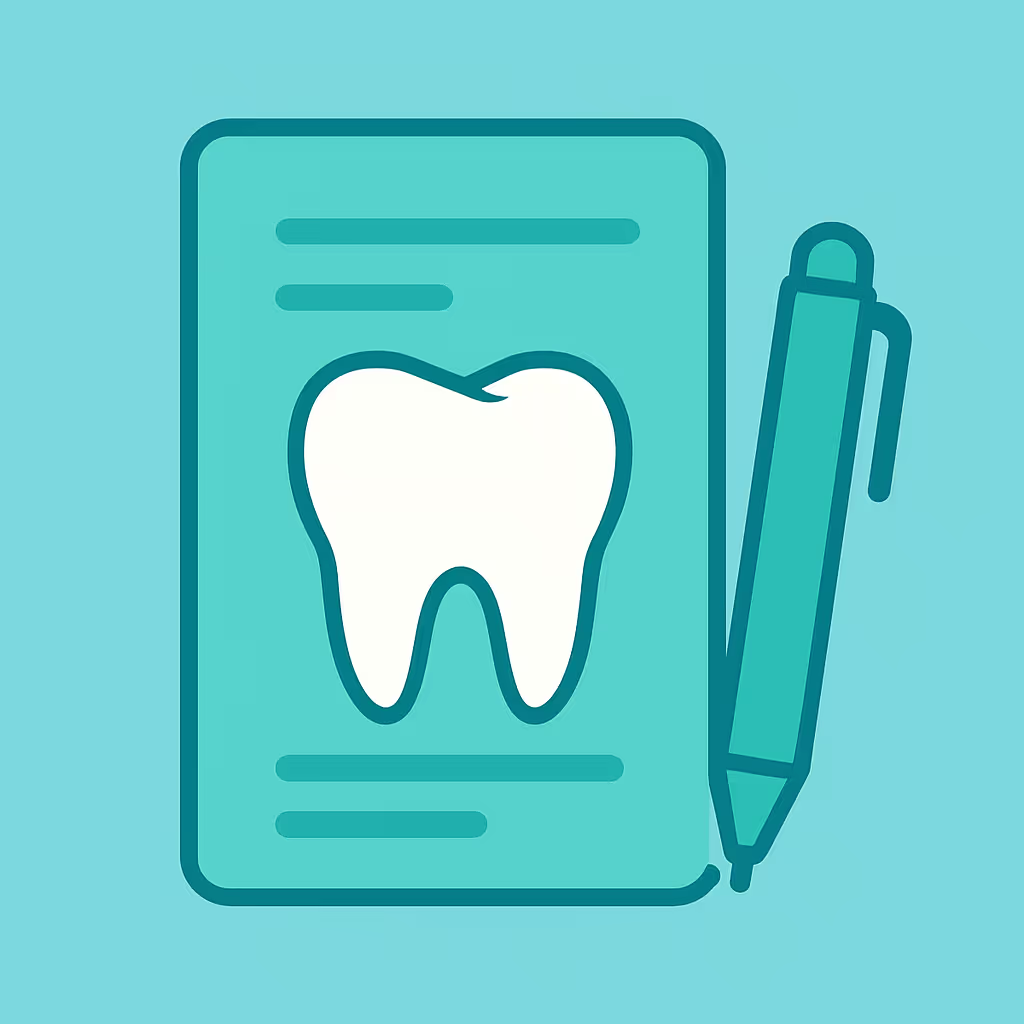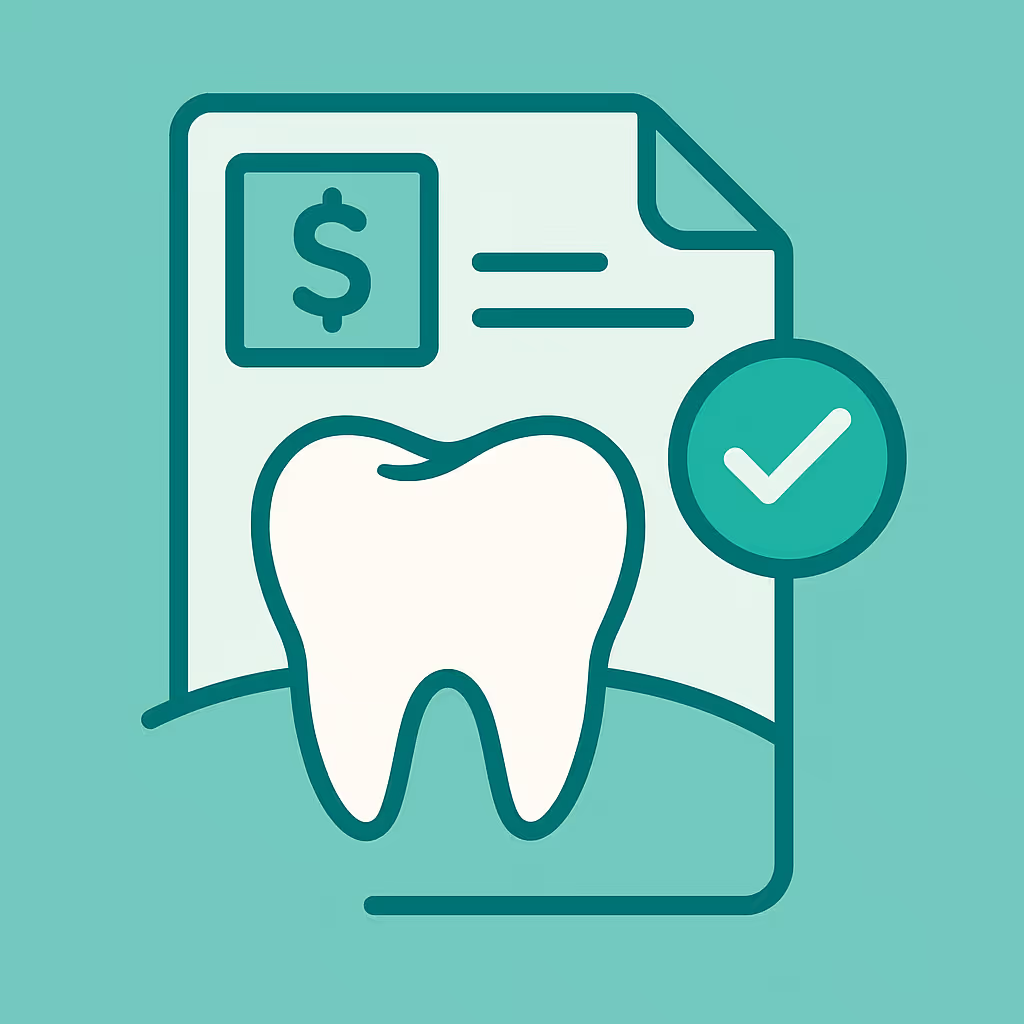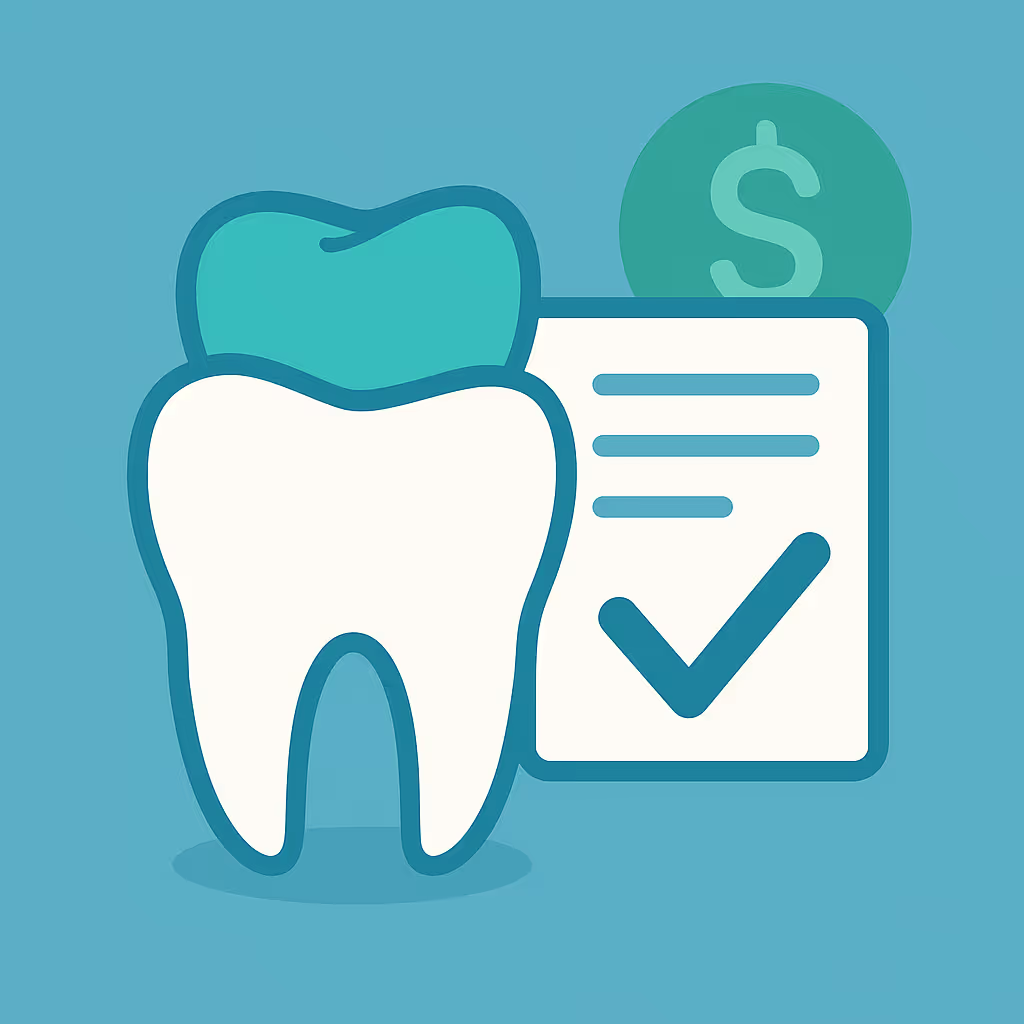Understanding Dental Code D5931
When to Use D5931 dental code
The D5931 dental code is designated for the fabrication and placement of a surgical obturator prosthesis. This code is used when a patient requires a temporary prosthetic device to close a congenital or acquired defect of the palate, typically following maxillofacial surgery or trauma. Dental teams should select D5931 when the obturator is intended for immediate post-surgical use, providing essential function and protection during the healing period. It is not appropriate for definitive or interim obturators, which have their own CDT codes. Proper code selection ensures accurate reimbursement and compliance with insurance guidelines.
Documentation and Clinical Scenarios
Accurate documentation is crucial when billing for D5931. The clinical record should clearly indicate the diagnosis (such as maxillectomy due to tumor removal), the surgical procedure performed, and the medical necessity for the obturator. Include detailed notes about the extent of the defect, the timing of the prosthesis delivery, and the patient’s functional needs. Supporting documentation may include surgical reports, pre- and post-operative photos, and a narrative explaining why a surgical obturator (not an interim or definitive prosthesis) is required. This level of detail will help justify the use of D5931 and minimize claim denials.
Insurance Billing Tips
To maximize reimbursement for D5931, follow these best practices:
- Verify benefits: Before treatment, confirm with the patient’s dental and medical insurance whether surgical obturators are covered, as some plans may consider this a medical benefit.
- Submit supporting documentation: Always include clinical notes, surgical reports, and a detailed narrative with your claim. Attach pre-authorization if required by the payer.
- Use correct coding: Ensure D5931 is not confused with codes for interim (D5932) or definitive (D5933) obturators.
- Monitor EOBs: Review Explanation of Benefits statements for payment accuracy and respond promptly to requests for additional information.
- Appeal denied claims: If a claim is denied, review the denial reason, supplement with additional documentation, and submit a timely appeal following payer guidelines.
Example Case for D5931
Consider a 58-year-old patient who undergoes a partial maxillectomy due to oral cancer. Immediately post-surgery, the oral surgeon requests a surgical obturator to restore oral function and facilitate healing. The dental team documents the surgical procedure, the defect size, and the necessity for immediate prosthetic intervention. They verify benefits with both dental and medical insurance, submit a pre-authorization, and include all supporting documents with the claim. The claim is processed successfully, and the practice receives appropriate reimbursement for D5931. This scenario highlights the importance of thorough documentation, benefit verification, and precise coding in achieving positive billing outcomes.





